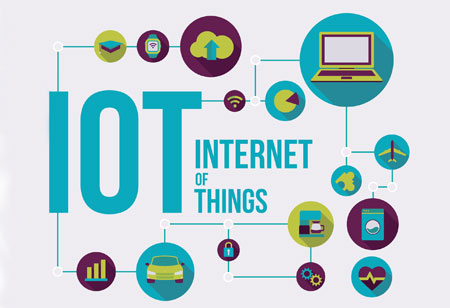THANK YOU FOR SUBSCRIBING
Companies can't ignore IoT
IoT assists in dynamic management capabilities and simplifying a multitude of processes. It aids in sifting through piles of cluttered data using powerful Big Data solution

By
Apac CIOOutlook | Thursday, January 01, 1970
Stay ahead of the industry with exclusive feature stories on the top companies, expert insights and the latest news delivered straight to your inbox. Subscribe today.
With a plethora of technologies influencing our lifestyle and the manner in which things work, this is the opportune moment to utilize emerging technologies. While the Big data has already entrenched its commands across various industries, technologies like AI and Machine Learning are slowly being adopted by companies. Likewise, the Internet of Things is gradually gaining the importance. According to estimates, there are close to fifteen billion connected devices in the world, generating trillions of gigabytes of data every single day. This volume is considered to multiply substantially by the year 2020. Case in point: Location Technology, Industry 4.0, and Smart city are a triad of reasons why companies can’t ignore IoT.
From targeted advertising to delivering services to navigation, location technology is an integral part of IoT. With the combination of hardware and software, location technology uses GPS to improve the decision making capability.
Similarly, as Industry 4.0 solutions become mainstream, the concerning areas for organizations are competitiveness and cost optimization. Due to innovation, it is now feasible to check and assess the status of machines in real time and enhance their usage accordingly. In the future, industries would bank upon predictive maintenance which can be improved through the use of IoT-powered sensors and the advanced algorithms that will minimize the time taken and the error margin.
Along the same lines, smart cities have become a reality—governments worldwide are keen on smart city projects and are hiring experts to provide a holistic living experience to the urbanites. Smart cities would change a lot of things—from the way traffic is managed in a city to devising new ways for improving the safety of the people to reducing the cost of energy transmission. All of this would be possible with a niche IoT framework. The structure of the buildings of the past would also change making them more resilient to natural or artificial disasters. An extensive network of sensors will supervise almost everything inside offices and homes: ventilating, lightning or air-conditioning.
To summarize, IoT assists in dynamic management capabilities and simplifying a multitude of processes. It aids in sifting through piles of cluttered data using powerful Big Data solution. Skyrocketing number of gadgets connected to IoT affirms that even if companies do not have a native IoT framework, they won’t hesitate from making a foray into IoT.





